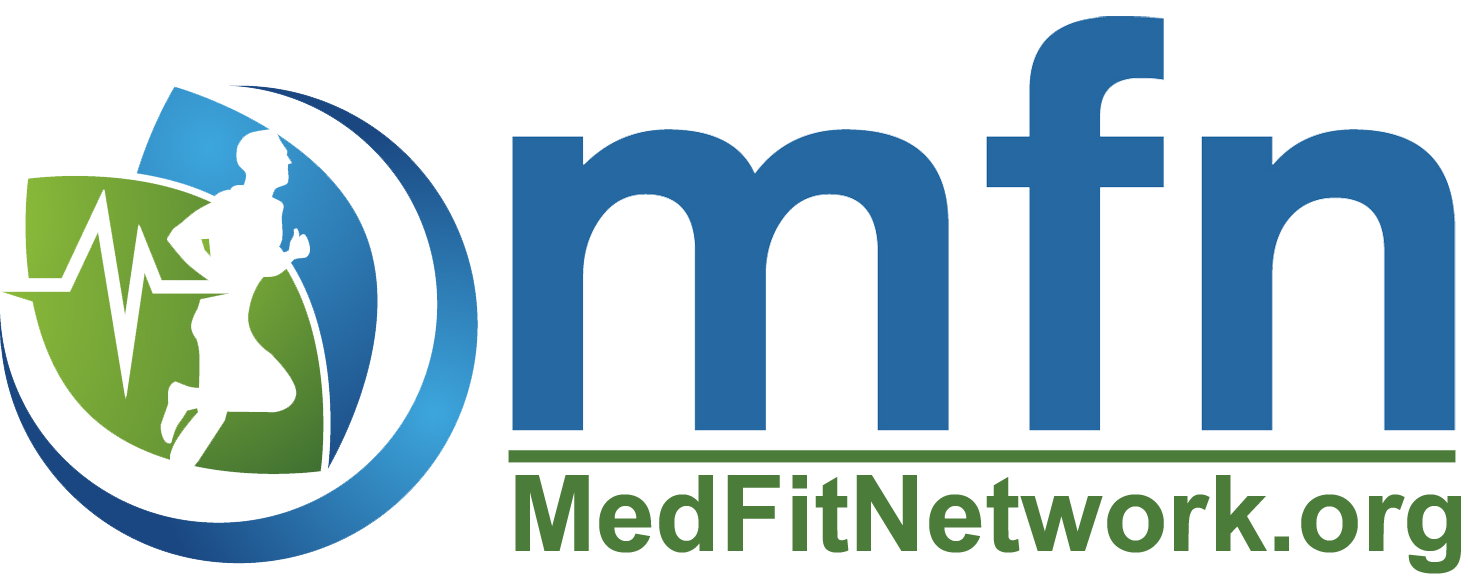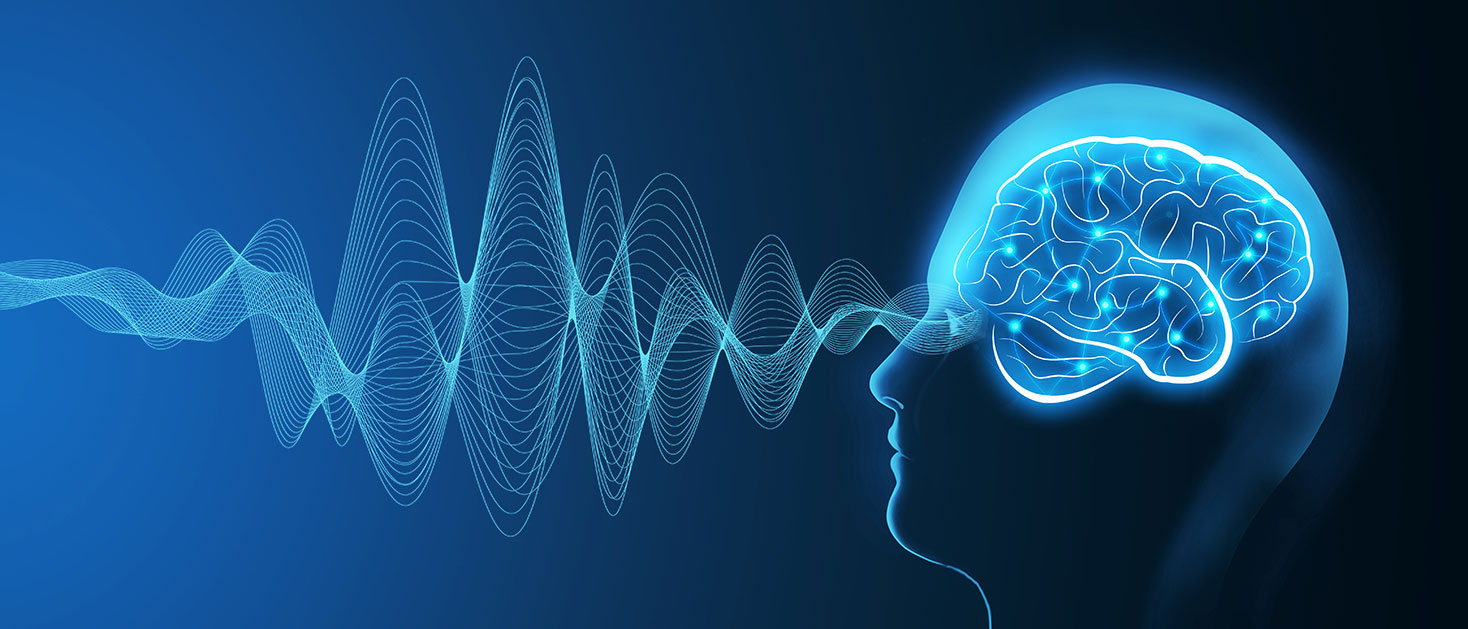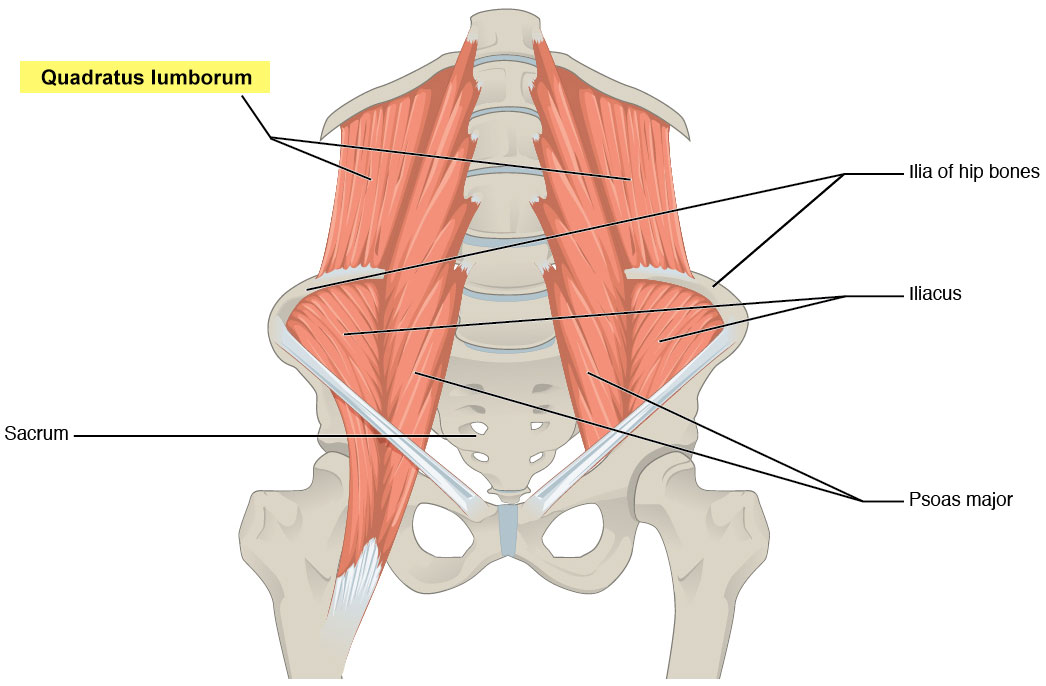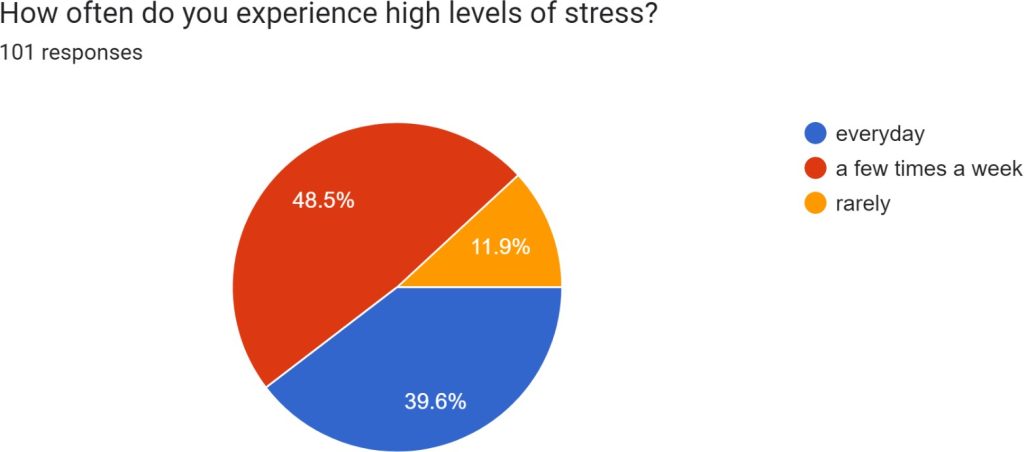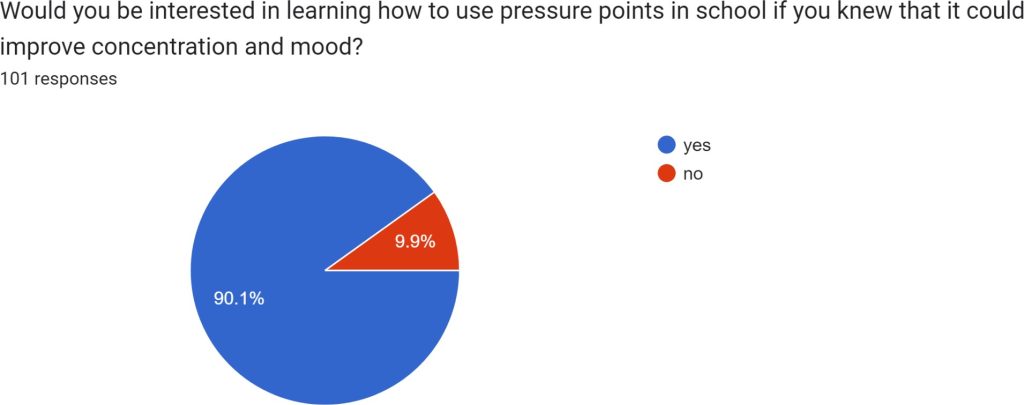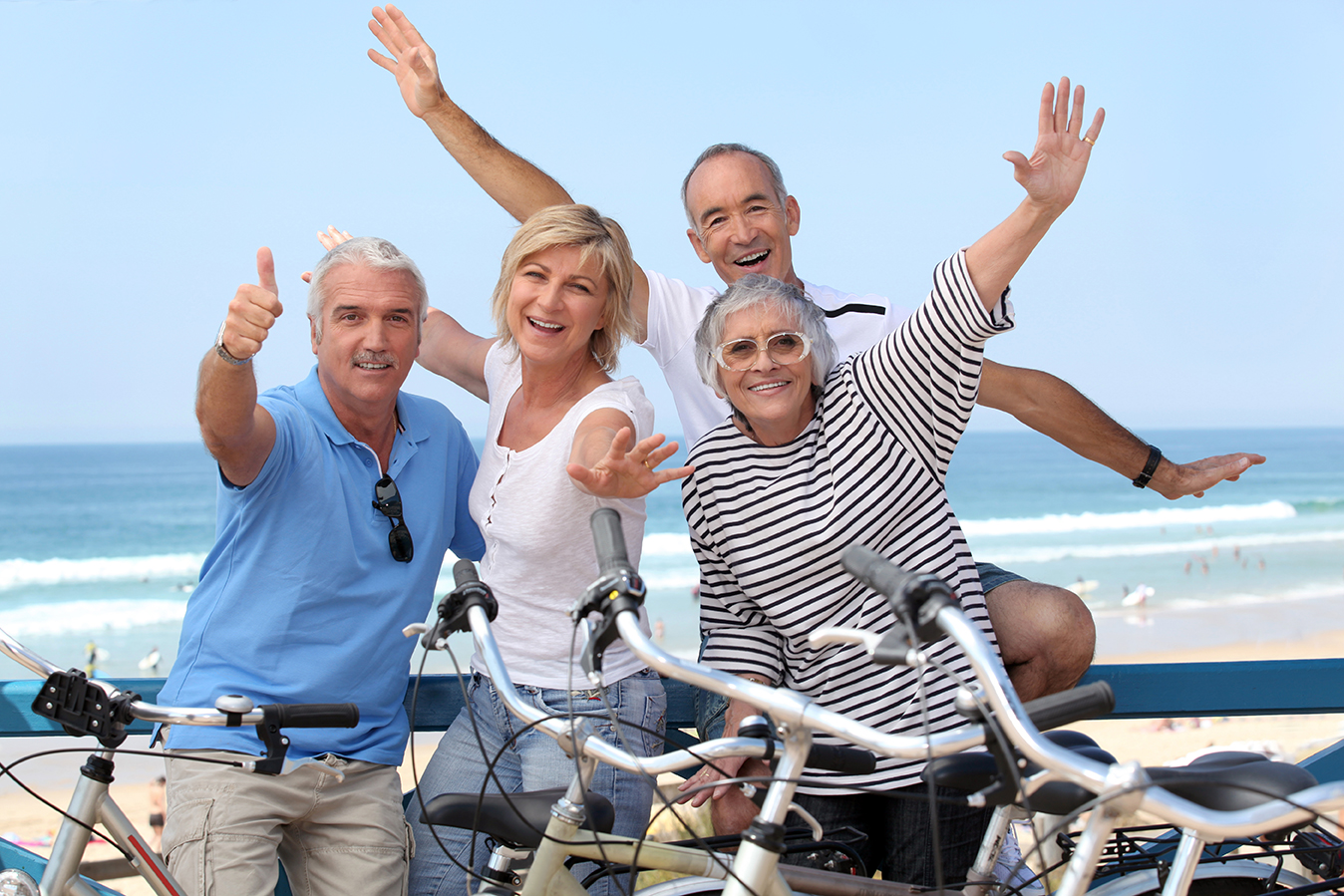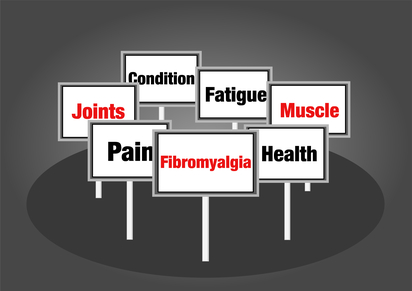Exercise and Multiple Sclerosis: Is It Normal to Take a Nap After a Workout?
Physical activity is known for boosting energy. That’s because exercise increases your heart rate and blood flow, making you feel awake. It’s one of the many benefits of working out. However, it’s also possible to get tired after exercise. This is especially common after workouts when you have MS. Physical activity, after all, requires a lot of energy and stamina.
